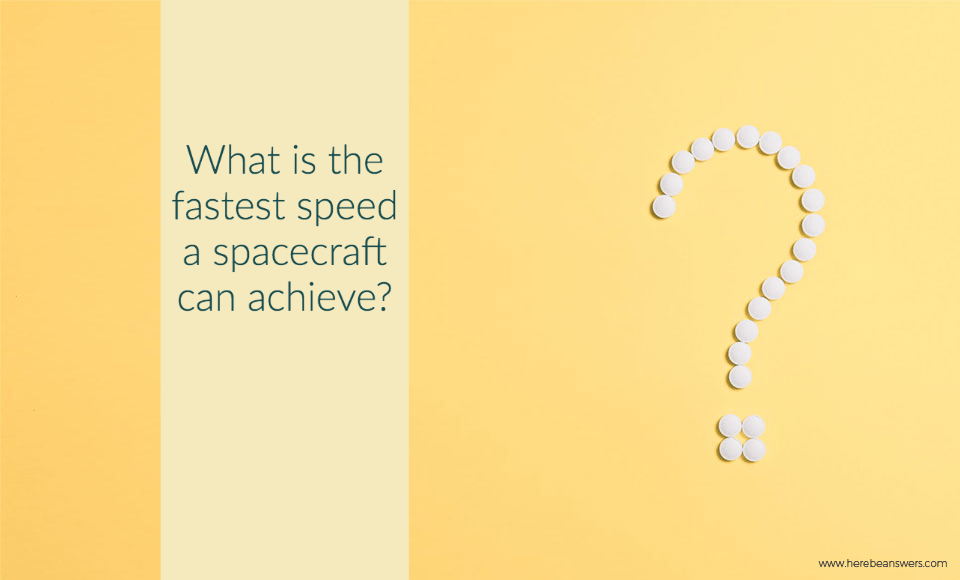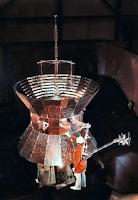Some scientists think that humans may be able to travel at almost the speed of light, which is 300,000 kilometers a second, in the distant future. This forecast is based around Einstein’s theory of Relativity that states, in some of its principles, that an object or vehicle may approach the speed of light but can never reach or surpass it.
There are some long-range forecasts that envision rockets that move forward at incredible speeds. The main reason such speeds on a vehicle will be possible is that the outer space is almost a perfect vacuum that is filled with widely-spaced hydrogen particles. In the Earth’s atmosphere, planes and other aircraft have been able to plough through a blanket of heavy air, which produces drags and acts as a brake on their speed. The near-perfect vacuum found beyond Earth’s atmosphere will offer practically little to no resistance to space ships. However, to approach the speed of light, NASA or other space agencies would have to build propulsion devices that can produce almost infinite energy.
Before 2018, the highest speed for a man-made object that was recorded has been 252,800 kilometers per hour, and that tremendous speed was achieved by NASA’s Helios A and B probes in April 1976. They often travel at that speed each time they reached the perihelion or the nearest point to the Sun in their orbits.
NASA’s Helios
The Helios A and B were then beaten by the Parker Solar Probe, which traveled at approximately 153,454 miles per hour on October 29, 2018, which is more than a hundred times faster than the Helios probes. The Parker Solar Probe project started in 2009, with the goal of having a robotic spacecraft touch a star. NASA spent about $1.5 billion to develop the probe and to fund research on how it can operate in outer space. The probe was designed and built by the Johns Hopkins University Applied Physics Laboratory, and the object was reported to have been in its final stages in early 2018. The members of the project added on the probe’s antenna an “Easter egg” in the form of a memory that contains the names of more than 1.1 million people who volunteered to send their names to NASA. The memory card also has pictures of Eugene Newman Parker, an American astrophysicist who was the namesake of the probe.
After the construction of the probe, it was launched on August 12, 2018. Then, two months after its launch, it was able to get the world record for the fastest speed traveled by a man-made object. It was also on October 29 of the same year that the probe became the first spacecraft to get the closest to the Sun. Interestingly, the previous record was held by the Helios 2 spacecraft.
In the future, the Parker Solar Probe will beat its speed record continuously, as it gathers sufficient speed to circle numerous times around the Sun and the other closer planets in the solar system. NASA estimated that by the middle of 2025, the Parker Solar Probe would be able to perform 24 orbits. The team responsible for developing the probe also stated that its fastest speed, which will be achieved by 2025 as well, is 430,000 miles per hour or 0.064% the speed of light.
Related posts:

